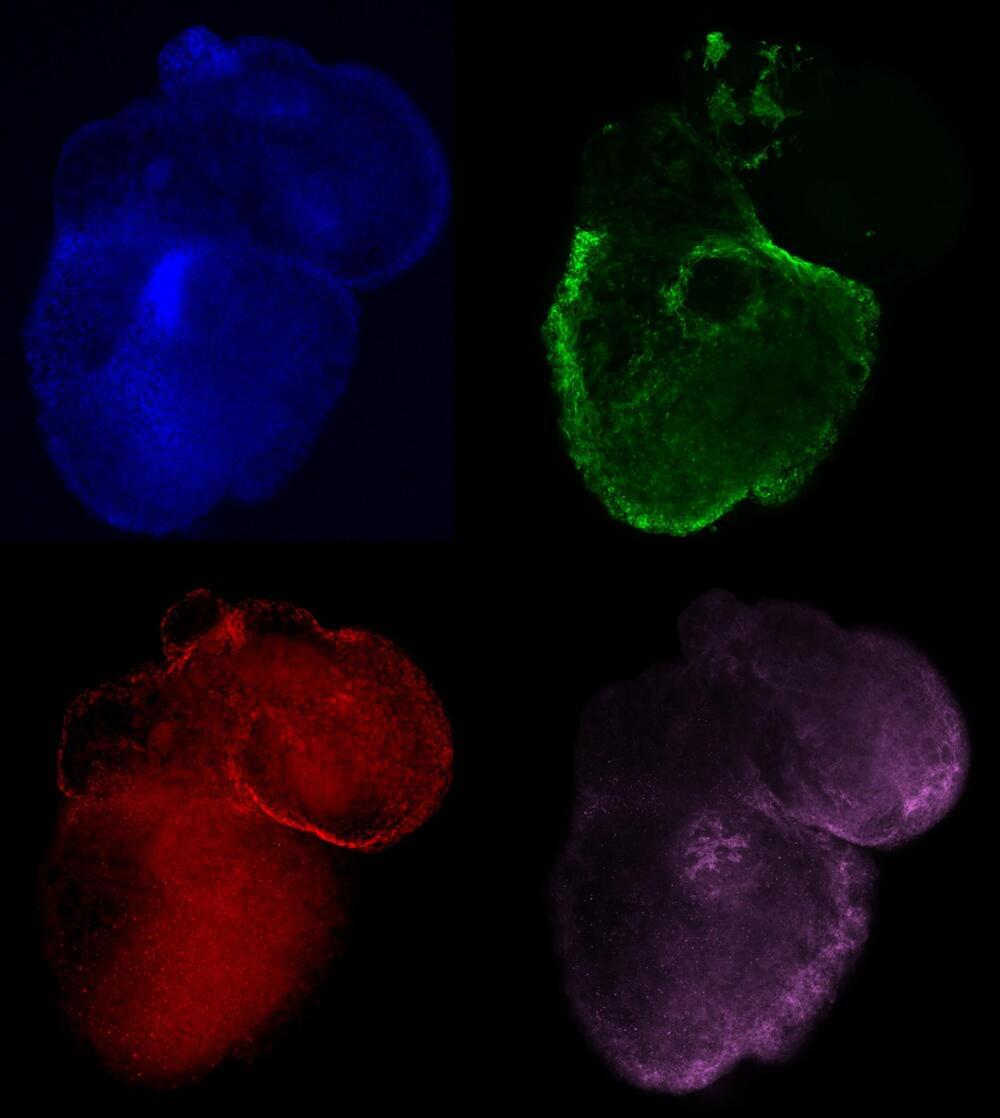Figure AI eyes a $1.9 billion valuation as Microsoft and OpenAI show interest in its life-saving robots
Figure AI, a startup developing human-like robots, is in talks to secure up to $500 million in a funding round potentially led by Microsoft and OpenAI.
The company is looking to attract additional investors, with Microsoft potentially investing $95 million and OpenAI contributing $5 million. The deal could value Figure AI at $1.9 billion before pre-financing.







